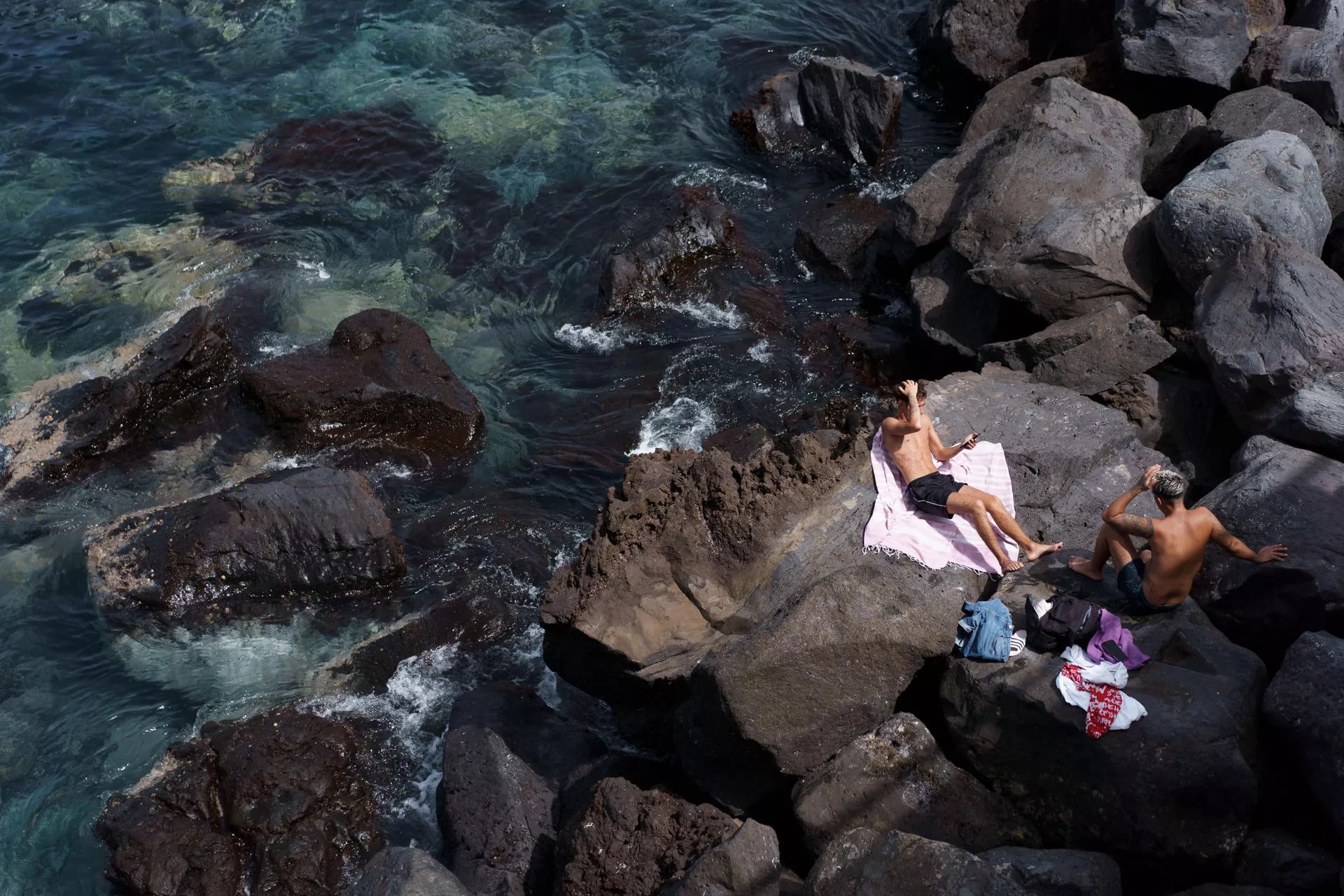
SANTA CRUZ DE TENERIFE, 31 Jan. (EUROPA PRESS) –
The General Directorate of Cultural Heritage of the Government of the Canary Islands has carried out the first examination and inventory of the birds of the past from different archaeological interventions in the archipelago.
The bone pieces and eggshells of certain species of birds within archaeological contexts in the Canary Islands provide information about the aboriginal period, from their use as food, ritual or ornament to the environmental, climatic and landscape characteristics of the territory, details the Executive in a note.
The project has addressed the identification of skeletal elements and other evidence of birds kept in the Archaeological Museum of La Gomera, Cabildo de El Hierro, Archaeological Museum of Fuerteventura, Archaeological Museum Benahoarita (La Palma), Cabildo de Lanzarote, Canarian Museum (Gran Canaria ) and Museum of Nature and Archeology (Tenerife).
According to Nona Perera, general director of Cultural Heritage, “this inventory is necessary to know the role of this resource, a reference for specialists in archeology and paleontology” since with “the exhaustive examination of the entire archaeological record it has been possible to clarify certain issues that the scientific community had not been able to solve until now, such as learning about the natural evolution of birds in the Canary Islands”.
The avian elements “report the conditions that have shaped human societies in the past,” says Antonio Sánchez, a specialist in paleornithology at the Institut Català de Paleontologia Miquel Crusafont and author of this research.
Therefore, their study “enriches and expands the knowledge we have about the cultural baggage of previous societies,” he explains.
UNINTENDED RESULTS
Through this analysis, “it has been possible to clarify some issues that had been raised in the specialized literature for some time,” the specialist says.
In fact, evidence of the presence of species that are not part of the current ornithofauna and that had not been previously recorded has been found.
The most famous extinct bird of the archipelago is possibly the shearwater (Puffinus holeae).
Its extinction has been the subject of several hypotheses, “such as the change in climatic conditions that could affect the temperature of the sea, and consequently, the fish on which it fed, or also due to intensive hunting by the population “said Sanchez.
However, at the Cueva de Villaverde site (Fuerteventura) it is observed that together with the presence of this shearwater, some remains of the Cory’s shearwater (Calonectris diomedea), the only large shearwater currently living in the Canary Islands, begin to appear.
The remains of the latter become more abundant with the passage of time, which is why the specialist considers that “what occurred was a competition between species, which was probably supported by some environmental or climatic change.”
Also in Fuerteventura, at the Butihondo site, remains of Puffinus holeae, Puffinus olsoni (another extinct species) and gallina (Gallus gallus) are found on the same level, indicating that the two fossil shearwaters disappeared after the arrival of the European community to the archipelago.
In addition, unknown species have been documented in the fossil record of the Canary Islands, such as the remains of the Tawny Owl (Strix aluco) on La Palma, the brown-tailed macaw (Caprimulgus ruficollis) and black-headed gull (Larus ridibundus) on Fuerteventura, and houbara (Chlamydotis) bones. undulata) in Gran Canaria.
With the analysis of elements of the fauna that had never before been studied in depth, the General Directorate of Cultural Heritage promotes a new line of research that increases knowledge about the ecology between aboriginal society and the natural environment.
















